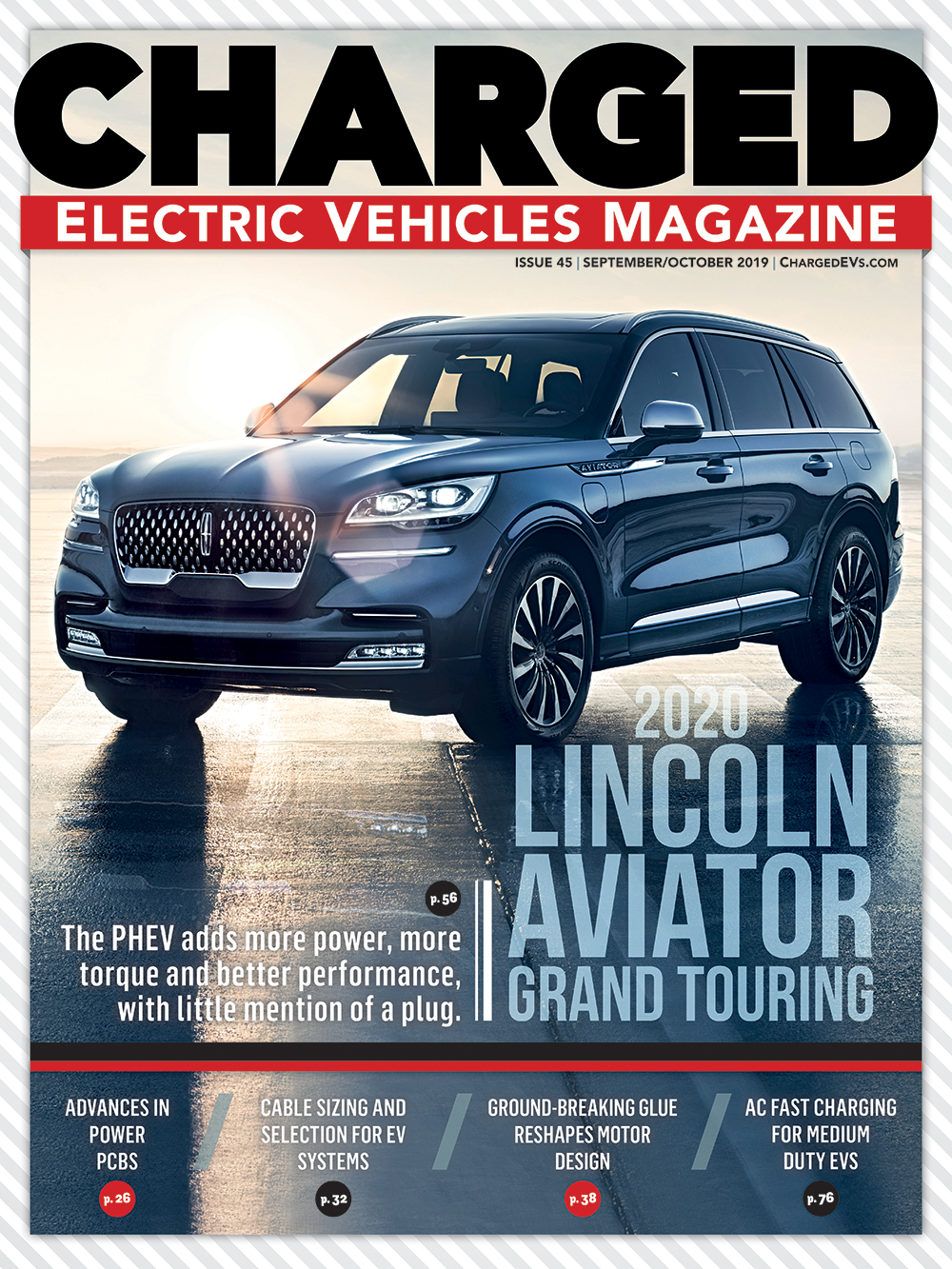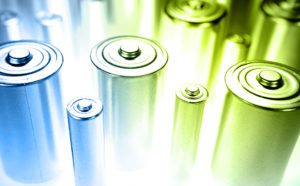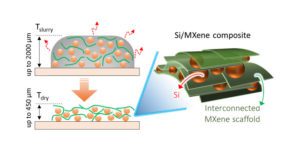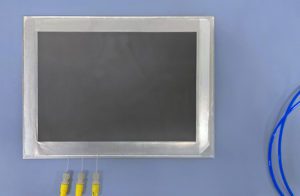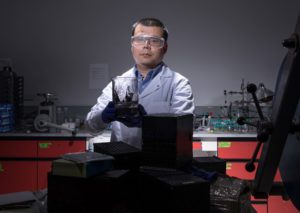Issue 67: January-March 2024 Featuring: Issue 66: October-December 2023 Featuring: Issue 65: July-Sep 2023 Featuring: Issue 64: April-June 2023 Featuring: Issue 63: January-March 2023 Featuring: Issue 62: October-December 2022 Featuring: Issue 61: July-September 2022 Featuring: Issue 60: April-June 2022 Featuring: Issue 59: January-March 2022 Featuring: Issue 58 – November/December 2021 Featuring: Issue 57 – September/October… Read more »
Search Results Found For: "graphite"
Carnegie Mellon researchers develop semi-liquid lithium metal anode to pair with solid ceramic electrolytes
Researchers from Carnegie Mellon University have developed a semi-liquid lithium metal-based anode that could lead to higher capacity and better safety than typical lithium metal-based batteries that use lithium foil as anodes. The research team published their findings in the June 2019 issue of Joule. “Incorporating a mewtallic lithium anode into lithium-ion batteries has the… Read more »
Tesla’s battery research partner Jeff Dahn calls new chemistry the best he’s seen in 10 years
21st-century soldiers use lots of battery-powered gadgets, and they need batteries that are light to carry, safe, and impervious to abuse – exactly the characteristics required by EV batteries. A new battery tech developed by the US Army has attracted the attention of battery luminary Jeff Dahn, who works with Tesla on battery research. In… Read more »
Researchers add MXene to silicon anodes, improving charge life
Researchers at Drexel University and Trinity College have found that using silicon fortified with a special type of materials called MXene in Li-ion anodes could improve charge-to-charge life of batteries. The group reports in Nature Communications that the latest Li-ion batteries on the market are likely to extend the charge-to-charge life of phones and EVs… Read more »
Battery metals see bigger gains in 2018 than EVs thanks to increasing battery capacity
In 2018, global deployment of nickel, graphite, copper, LCE, aluminum and cobalt by cell suppliers for passenger vehicles increased by 75% to 99% over the previous year, according to data from Adamas Intelligence’s EV Battery Capacity and Battery Metals Tracker. These growth rates are particularly remarkable considering that global EV registrations increased by just 67% over the… Read more »
Sepion receives CEC grant for composite battery membranes
The California Energy Commission (CEC) has awarded $450,000 in grant funding to Sepion Technologies, an Emeryville, California company that’s developing a composite battery membrane designed to replace ceramic components. Sepion’s composite membranes provide high-flux and ion-selective transport, and the company says they can be processed in large-area formats at a fraction of the cost of ceramics. The project’s… Read more »
Daimler and thysenkrupp partner to develop bipolar batteries
Under a project sponsored by the German Ministry for Economic Affairs and Energy, Daimler and the Fraunhofer Institute, together with German conglomerate thyssenkrupp and engineering firm IAV, are co-developing the design and production of bipolar batteries. Bipolar batteries are still in the laboratory stage and have not moved past pilot scale. The project, named EMBATT-goes-FAB,… Read more »
Amprius’s silicon nanowire batteries power the Zephyr S HAPS solar aircraft
Battery manufacturer Amprius is supplying lithium-ion cells to Airbus’s Zephyr program. Using Amprius’s cells, which contain a 100% silicon anode, the Zephyr S solar-powered unmanned aerial vehicle (UAV) recently flew more than 25 days, setting a new record for stratospheric flight. The Zephyr S is a high-altitude pseudo-satellite (HAPS), which combines the persistence of a… Read more »
Worcester Polytechnic research team wins award from USABC for battery recycling process
An engineering research team at Worcester Polytechnic Institute (WPI) in Massachusetts recently won a million-dollar contract from the United States Advanced Battery Consortium (USABC) to develop an innovative process for recycling used Li-ion batteries. The team, led by WPI professor Yan Wang, it created a patented closed-loop recycling process that works like this: the batteries… Read more »
University of Michigan researchers develop non-combustible, non-degrading ceramic electrolyte
Scientists at the University of Michigan have developed a solid-state electrolyte which they claim is non-combustible (which is good, because it’s heated to over 1,800° F during manufacturing!) and not vulnerable to dendrite formation due to a stabilizing ceramic layer. The electrolyte has special properties that allow for increased capacities and faster charging rates as well. Current… Read more »




